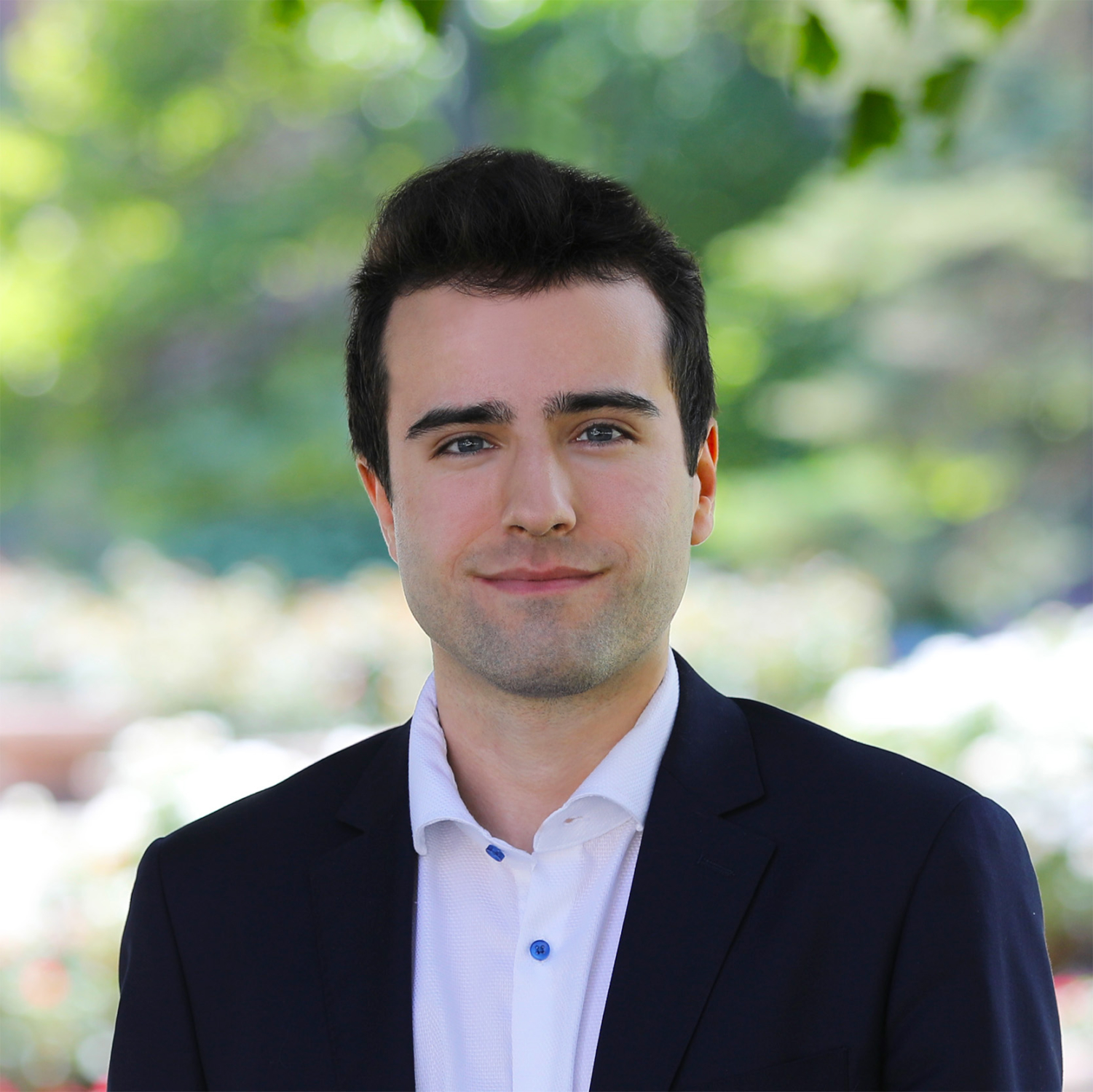What Are Microschools?
Microschools are gaining steam.
The last two years of rolling school closures have pushed families to think differently about K–12 education. How schools responded to the pandemic revealed that the traditional, one-size-fits-all model of the public school system does not work for everyone. The pandemic magnified these challenges and warmed more people to the idea that families need a range of different educational model to properly meet all of their children’s needs.
Microschools, sometimes referred to as learning pods, is the reimagining of the one-room schoolhouse, where class sizes are usually fewer than 15 students of varying ages, and the schedule and curriculum is tailored to fit the needs of each class. This model of schooling can operate in either public, private or charter schools or separately on its own. Many describe microschools as a “mid-point” between traditional schooling and homeschooling. Most microschools are independently parent-led, but some are affiliated with a formal microschool network offering paid, in-person instructors. Lessons are taught in a range of approachable environments, such as homes, libraries and other community centers.
Microschools are not a new idea. Throughout history, children have been taught in small groups by dedicated teachers or tutors. However, today, they are catching the interest of families more than ever before.
Prenda is one of the most well-known microschool providers. Founded in 2018, it now provides a mix of fee-paying and tuition-free microschooling to more than 3,000 in more than 300 microschools. Prenda is not alone. Other providers, such as Stronger Together ATX, Southern Nevada Microschool Academy, and others, also offer equitable, affordable, and tuition-free options.
Microschools can currently offer tuition-free options in various states by becoming a vendor of qualifying private school choice programs, through partnerships with state agencies or departments, partnerships with charter schools, etc. For example, in New Hampshire, Prenda is available to students as a tuition-free option through being a vendor of the state’s Education Freedom Account (EFA) program and through its partnership with the New Hampshire Department of Education’s Recovering Bright Futures grant program. (New Hampshire’s EFA program is the state’s education savings account (ESA). ESAs provide families with a deposit of public funds in government-authorized savings accounts to be used on qualifying educational expenses.)
Parents are not the only ones taking note of microschools. State lawmakers across the country are paying attention to the increasing interest too.
In Washington state, state legislators introduced a bill launching a microschool pilot program in the state’s Senate. The bill prioritizes the approval of microschools that serve students with disabilities, students not meeting academic standards, and students who need transitional bilingual instruction. Colorado state legislators also put forward a bill forming a new learning pod program this year. The bill gives students in a nonpublic, homeschool-based educational program the option to receive their educational program through a learning pod.
Others are taking leadership on microschools, too. Self-described as “an empowering hub for pioneering small learning environments,” the National Microschooling Center recently launched to provide comprehensive information about microschools to families, policy makers and education entrepreneurs across the country.
It comes as no surprise that there is an increased interest in microschools and learning pods among lawmakers. According to the EdChoice Public Opinion Tracker conducted with Morning Consult, 34 percent of school parents indicate that they are participating in a learning pod or seeking to form or join one.
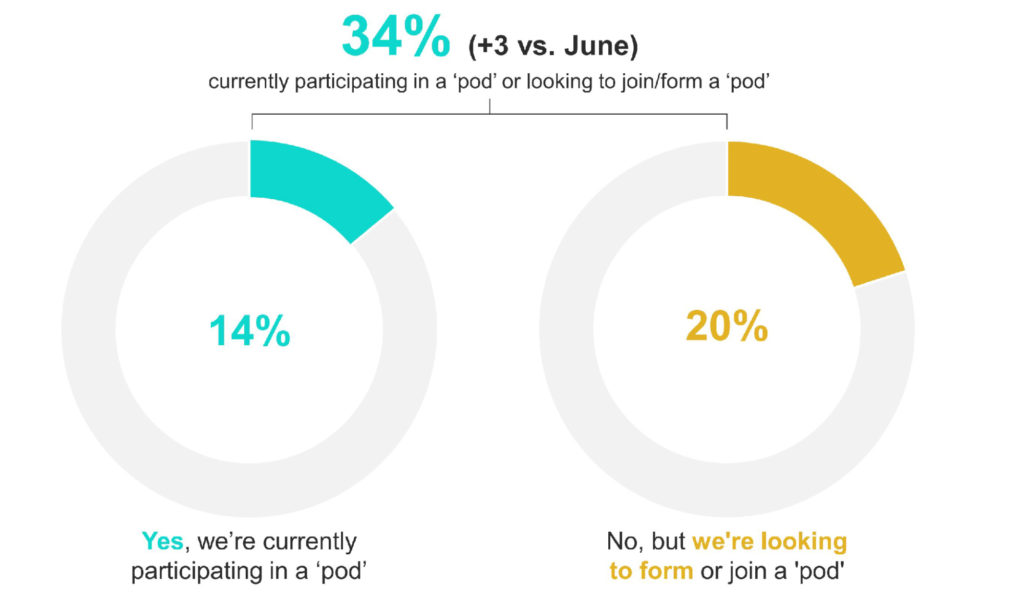
Interest in pods is even higher in certain demographic groups. Among communities most likely to participate in a pod, the most significant increase is among Hispanic parents, with a 17-point increase since June.
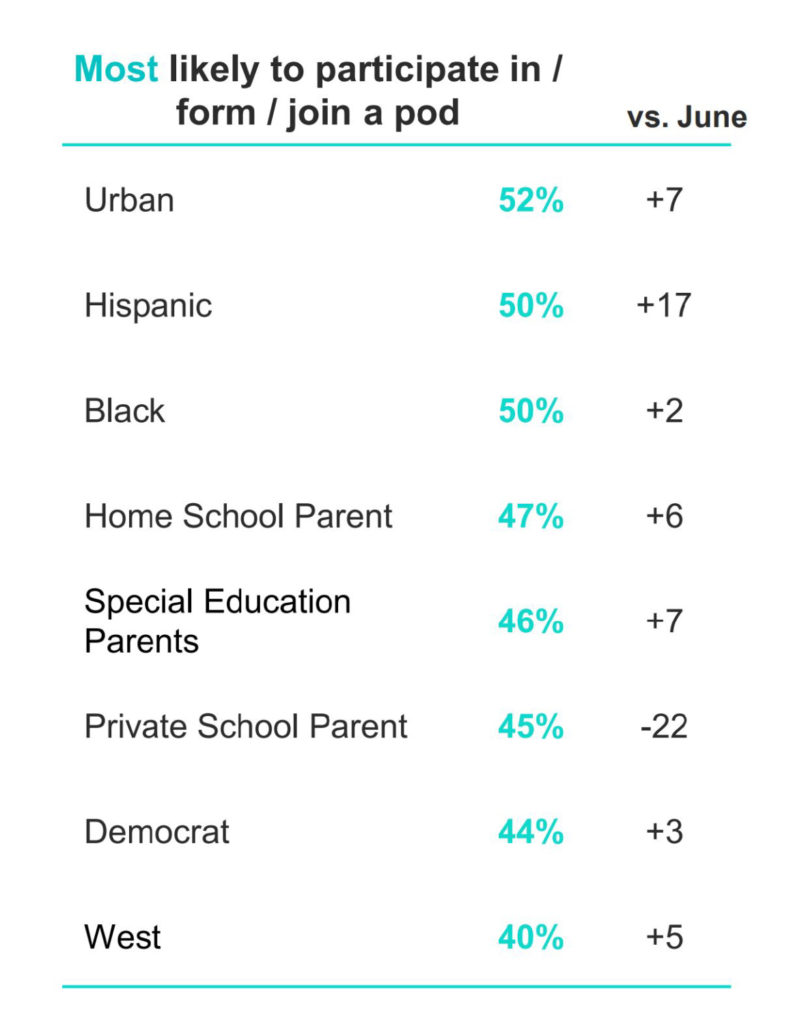
Support for ESAs remains at near-record highs, too, with 77 percent of school parents supportive of education savings accounts.
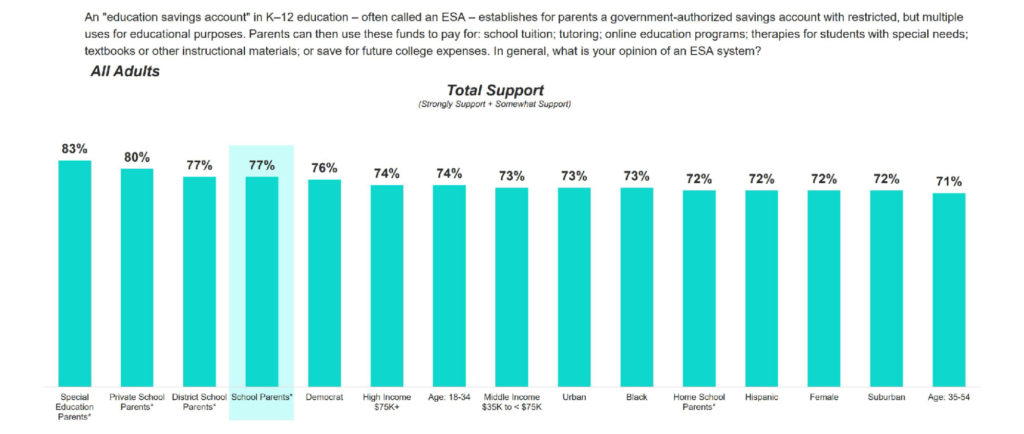
Further, families participating or interested in forming a microschool are willing to pay $433 per month on average to partake in this style of learning.
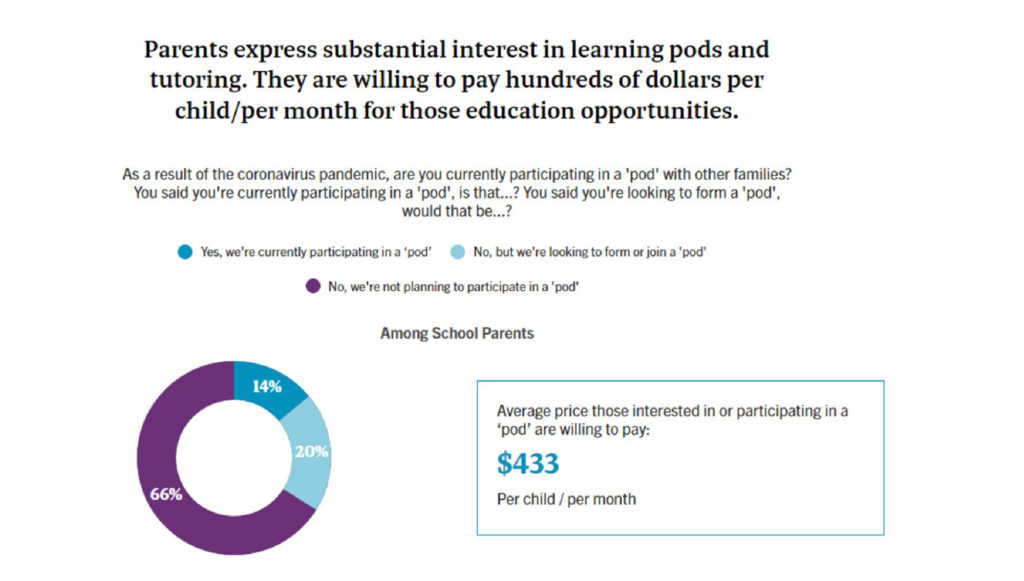
Families continue seeking more choice in their children’s education, especially following some turbulent years. With students having many different needs, educational choice naturally takes many different forms. Parents know what is best for their children, and microschools offer a unique way of meeting a child’s unique needs.
To learn more about how many students we estimate are currently microschooling (and how we calculated that estimate), click to visit “Just How Many Kids Attend Microschools?”


